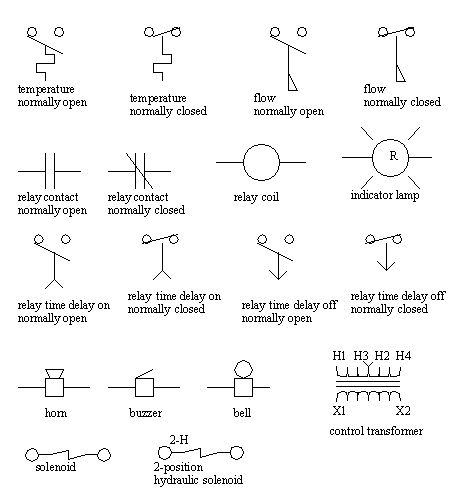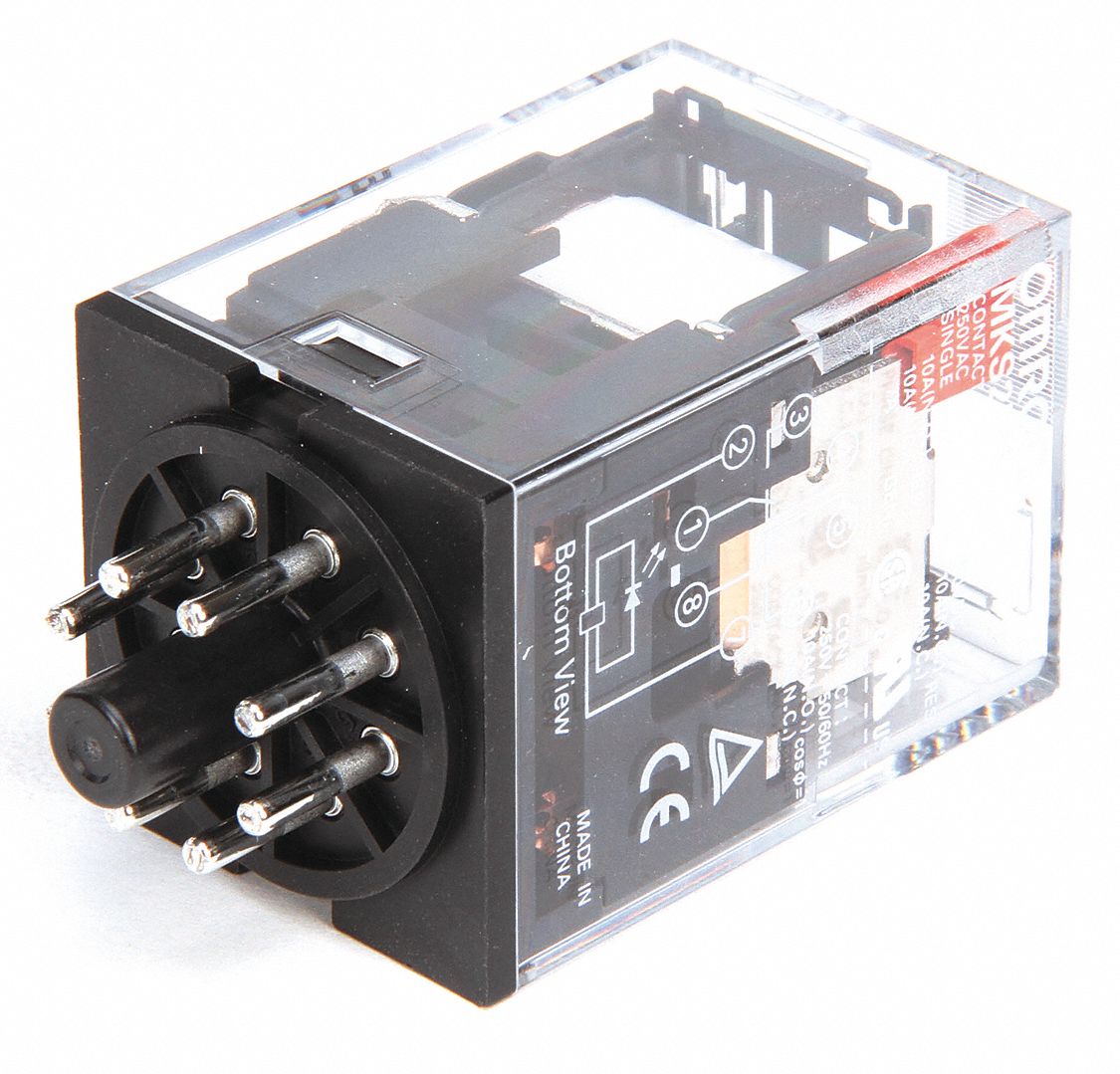Decoding Relay Coils: The Power Behind the Switch

Ever wondered about the magic behind those click-clacking switches that control everything from your car's headlights to industrial machinery? It's not magic, it's the subtle power of the relay coil. This unsung hero of the electrical world plays a crucial role in managing power flow, and understanding how it works opens up a whole new appreciation for the intricate systems around us.
At its heart, a relay is an electrically operated switch. The key to activating this switch is the relay coil. Essentially, the element that dictates a relay coil's behavior is a small electromagnet. When an electric current passes through this coil, it generates a magnetic field. This magnetic field then exerts a force on a metal armature, causing it to move and close (or open) a set of contacts, thereby controlling the flow of electricity in another circuit. This seemingly simple mechanism allows for a small current to control a much larger one, offering a safe and efficient way to manage power.
The history of relay control is intertwined with the development of telegraphy and early telephone systems. The need to amplify and relay signals over long distances led to the invention of the electromagnetic relay in the mid-19th century. Since then, relay technology has evolved significantly, with advancements in materials, miniaturization, and integration with electronic control systems. The importance of relay coil control lies in its ability to isolate low-voltage control circuits from high-voltage power circuits, enhancing safety and enabling remote operation of electrical devices.
A common issue related to relay coil operation is coil burnout. This can occur due to excessive current flowing through the coil, often caused by a faulty control circuit or a short circuit in the load circuit. Understanding the specifications of the relay coil, including its voltage and current ratings, is crucial for preventing such issues. Another challenge is ensuring the proper functioning of the mechanical components of the relay, as wear and tear can affect the reliability of the switching action.
Think of it like this: you have a powerful lamp that requires a high current to operate. Directly switching that high current with a small, delicate switch could be dangerous. Instead, you use a relay. A small current activates the relay coil, generating a magnetic field that closes the relay contacts, allowing the high current to flow to the lamp. The small switch only needs to handle the low current of the relay coil, making it safer and more efficient.
One benefit of utilizing relay coil control is electrical isolation. This separation of circuits protects sensitive control systems from high voltages and currents. Another advantage is amplification: a small control signal can switch a much larger load, increasing the versatility of control systems. Lastly, relays offer a robust and reliable method for switching, making them ideal for applications in harsh environments.
Advantages and Disadvantages of Relay Coil Control
| Advantages | Disadvantages |
|---|---|
| Electrical Isolation | Slower Switching Speed Compared to Solid-State Devices |
| Amplification | Mechanical Wear and Tear |
| Robustness and Reliability | Potential for Coil Burnout |
Best Practices for Implementing Relay Coil Control:
1. Choose the correct relay for the application, considering voltage and current ratings.
2. Use a flyback diode to suppress voltage spikes generated by the collapsing magnetic field of the coil.
3. Ensure proper wiring and connections to prevent short circuits and overheating.
4. Regularly inspect and maintain relays to prevent mechanical failures.
5. Consider using solid-state relays for applications requiring faster switching speeds.
Frequently Asked Questions:
1. What is a relay coil? - A coil of wire that generates a magnetic field when current flows through it, activating the relay.
2. How does a relay coil work? - The current creates a magnetic field that moves an armature, closing or opening relay contacts.
3. What are the common problems with relay coils? - Coil burnout, mechanical failure.
4. How to choose the right relay coil? - Consider voltage, current, and switching speed requirements.
5. What is the importance of a flyback diode? - Protects the control circuit from voltage spikes.
6. What are the applications of relay coils? - Automotive, industrial control, telecommunications.
7. How to troubleshoot relay coil issues? - Check for continuity, voltage, and current.
8. What are the alternatives to relay coils? - Solid-state relays.
Tips and Tricks: Use a multimeter to check for coil continuity and voltage. Ensure proper ventilation to prevent overheating. Consult relay datasheets for specific operating parameters.
In conclusion, the seemingly simple relay coil is a fundamental component in countless electrical systems. Its ability to control large currents with small signals, coupled with its electrical isolation capabilities, makes it an indispensable part of modern technology. From controlling the lights in our homes to managing complex industrial processes, the relay coil silently powers our world. By understanding its operation, benefits, and potential challenges, we can harness its power effectively and ensure the reliable performance of our electrical systems. Explore further by researching specific relay types and applications, and consider experimenting with relay circuits to gain a hands-on understanding of this fascinating technology. This knowledge will empower you to troubleshoot electrical issues, design more efficient systems, and appreciate the ingenious simplicity of the relay coil.
Unlocking the power of sage green and brown a timeless color palette
Boat lift motors powering your waterfront lifestyle
Unlocking illinois salary insights your guide to public sector pay












